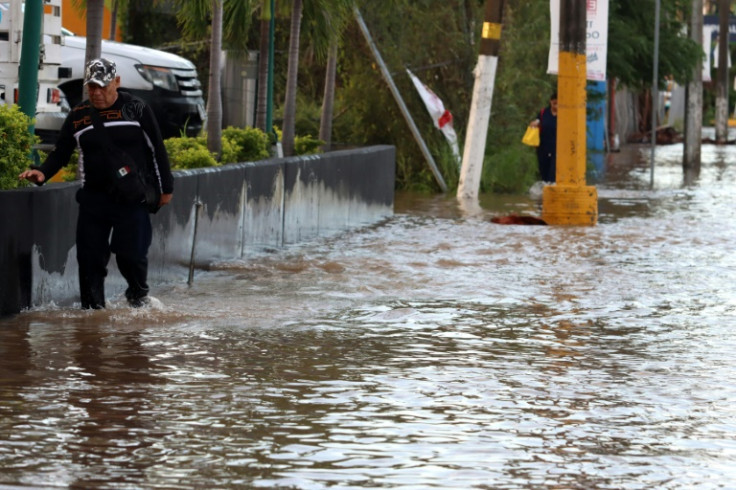
South Florida is bracing for tidal flooding this week, even without a tropical storm on the horizon. The region is entering one of the highest tide periods of the year, known as a king tide, which is expected to last from October 16 to 23.
This natural phenomenon, along with offshore winds and waterlogged ground, could raise water levels by up to two feet in certain areas, potentially flooding streets, docks, yards, and even a few of the lowest-lying homes.
"Tide forecasts show that Miami could experience record-breaking high tides, so be prepared for a week of tidal flooding around every high tide," warned Brian McNoldy, senior research associate at the University of Miami's Rosenstiel School, in a post on X. The peak of the flooding is anticipated over the weekend, with Friday through Sunday posing the greatest risk.
Meteorologist Sammy Hadi from the National Weather Service in Miami added that strong east winds could exacerbate the situation, driving more water onshore, according to the Miami Herald. Several local governments, including Miami and Miami Beach, have taken steps to mitigate the impact.
Miami Beach, on its end, is offering parking garage space to residents at risk of flooding, while Miami has set up digital signs to alert drivers of submerged roads. Both cities, along with Miami-Dade County, are also deploying temporary stormwater pumps in vulnerable areas to manage the floodwaters.
King tides usually take place in South Florida between September and November. They occur when the gravitational forces of the Earth, moon, and sun align, often during new and full moons. However, rising sea levels driven by climate change are amplifying their impact. Streets and parks that were once unaffected are now increasingly prone to what's known as "sunny day flooding" — when streets flood despite clear skies.
In response, local governments are investing heavily in infrastructure upgrades, including elevating roads and installing permanent stormwater pumps, in an effort to reduce the frequency and severity of future floods. NOAA data shows that high-tide flooding currently affects South Florida about three days a year, but by 2050, it could happen as often as 35 days every year.
© 2025 Latin Times. All rights reserved. Do not reproduce without permission.


